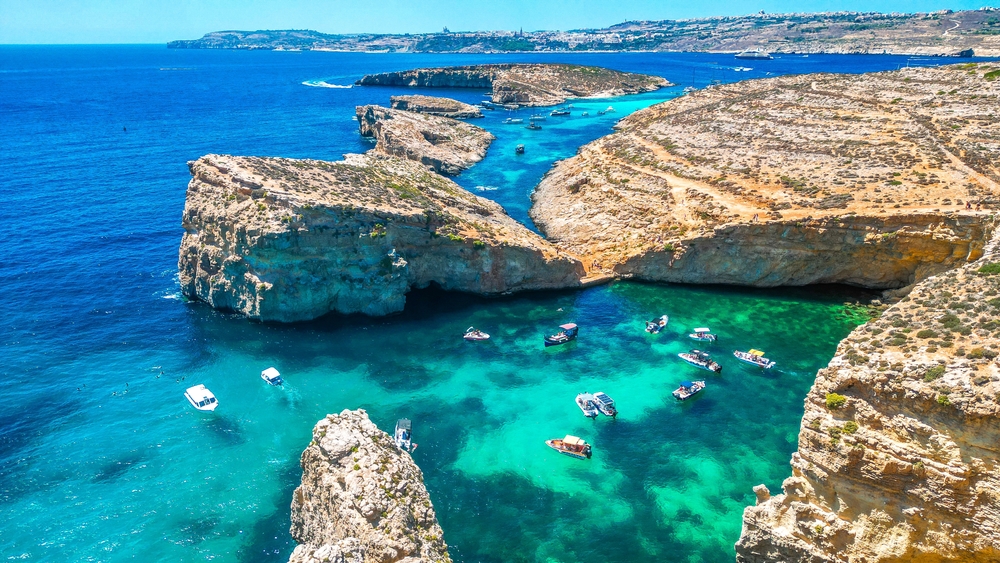Malta, though small in size, has two officially designated national parks under its conservation framework. However, it is fair to note that these are more accurately described as city parks. Instead, the country focuses on nature reserves, protected areas, and cultural heritage sites to preserve its unique landscapes and biodiversity. While there are no areas officially recognized as national parks, Malta’s ecological diversity and rich cultural history are evident in its coastal cliffs, rocky valleys, and small but ecologically significant green spaces. These areas are vital for conserving the island’s endemic species and archaeological treasures.
Despite the lack of national parks, some sites serve as de facto nature preserves, offering glimpses into Malta’s natural beauty. For instance, Il-Majjistral Nature and History Park, while not a national park by definition, is often considered Malta’s closest equivalent. This park spans a coastal area in the northwest of Malta, featuring dramatic cliffs, traditional terraced fields, and diverse flora and fauna. Visitors can enjoy hiking trails that provide panoramic views of the Mediterranean Sea while exploring the area’s historical remains, including ancient cart ruts and watchtowers.
The Dingli Cliffs and the surrounding countryside are another example of Malta’s natural allure. These towering limestone cliffs provide a habitat for rare bird species and offer some of the island’s most stunning vistas. Though not officially a national park, the area is treasured for its ecological and cultural significance, serving as a hotspot for birdwatching and hiking.
Ta’ Qali National Park, situated in central Malta, is a large recreational area offering wide open spaces for outdoor activities and events. It includes picnic areas, walking paths, and sports facilities. Nearby, the Ta’ Qali Crafts Village showcases traditional Maltese crafts, adding a cultural element to the park’s natural setting.
Malta’s conservation challenges include habitat loss due to urban development, pollution, and the impact of tourism. Efforts are ongoing to address these issues, including initiatives to restore degraded habitats, enforce stricter environmental regulations, and promote sustainable tourism. While the island lacks formal national parks, these measures aim to safeguard Malta’s natural and cultural heritage for future generations.
While Malta’s national and city parks may not be extensive in size, they play a crucial role in enhancing the island’s ecological and recreational landscape. These green spaces offer residents and tourists alike the opportunity to connect with nature and enjoy the serene beauty of Malta’s Mediterranean environment.










































































